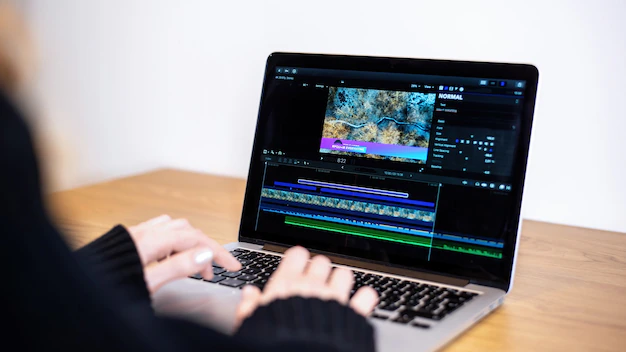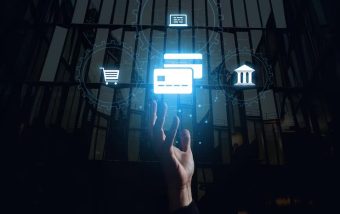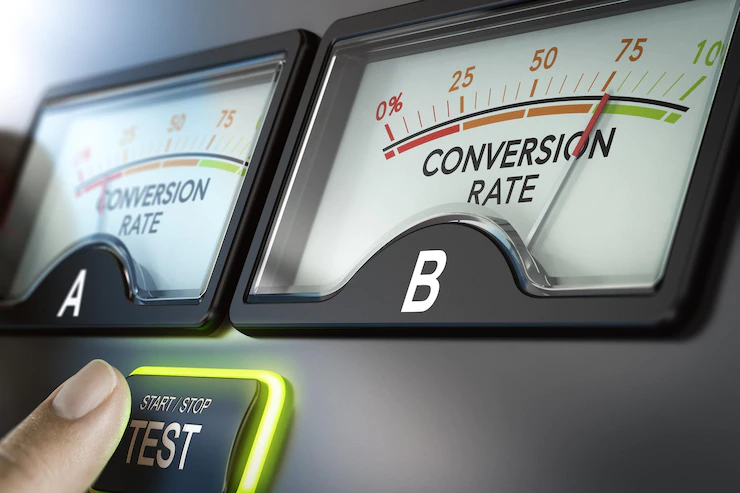How To Know If Someone Blocked You On iMessage? 5 Secret Hacks!
Apr 16, 2025

Apr 16, 2025

Apr 16, 2025

Apr 15, 2025

Apr 11, 2025

Apr 11, 2025

Apr 11, 2025

Apr 08, 2025

Mar 29, 2025
Sorry, but nothing matched your search "". Please try again with some different keywords.


If you’re considering improving the quality of your live streams, only using a high-end camera set-up won’t be enough. Apart from that, you will also have to use a near live video editing software to make the most of your live and creating additional content more engaging, informative, and entertaining
So, let’s discover how you should be doing that.
Real-time video editing — also known as live video editing — involves manipulating footage as it’s being recorded. It’s a practice long prevalent in TV broadcasts. Nevertheless, recently, it’s gained traction on social media platforms too.
So, what really happens in a live video editing process?
Live video editing occurs in real-time during events, like sports matches or concerts, without pre-recorded footage. So, whatever editing you are doing, it should be done in real time.
Multiple cameras capture various angles, and editors switch between them, adding effects, graphics, and transitions on the fly.
It’s generally employed in sports, music concerts, and news or talk show broadcasts. In most cases, you will find these edits in the form of motion graphics, captions, or transitions.
However, sometimes, the subtitles added on a specific event or song can also be done through live video editing. You probably have seen this in a talk show or a live performance.

Social media platforms have recently seen a steep rise in real-time video editing, showcasing the swift transition between various video sources using advanced software like Yuzzit. Apart from this, you can also use it for live exploitation of live videos to generate multiple videos and share them on social networks just seconds after the highlight has occurred.
Collaborations among YouTube personalities do involve live video editing. Live streamers also leverage this technique by integrating different overlays, titles, and graphics that appear when viewers donate or subscribe to their channel.
Real-time video editing refers to the ability to manipulate and refine live video feeds as they are being broadcast. This process involves various techniques and tools that empower streamers to improve visual quality, correct errors, and add impactful elements on the fly.
Incorporating these techniques can significantly elevate the production value of live streams, fostering a more immersive and compelling viewer experience.

Picking the right platform for your video editing journey is crucial.
With options like YouTube, Twitch, Facebook, Instagram, and Zoom, each platform offers unique features and drawbacks.
Research is key—consider aspects like the ability to save live streams as on-demand videos, built-in editing tools, or the need for external software/hardware.
The choices, here, might vary, with some platforms preserving content and others deleting it after a while. Making comparisons will guide you to the best fit for your needs and goals.
Once you’ve picked your platform, getting ready for your live stream involves prepping your content. That means laying out your script or storyboard and gathering all your visuals, music, and graphics. Don’t forget to give your equipment a test run—
You’ve got options for creating your content too: edit using software like Adobe Premiere Pro, Final Cut Pro, or Yuzzit. Or, you can also opt for live streaming software such as OBS Studio, Streamlabs OBS, or Wirecast to create and directly stream your content.
Read Also: If You Live In India, Your Browser Might Get A New Google Discovery Feed
Depending on your setup and equipment, you may tweak your livestream either during the broadcast or afterward. Real-time editing lets you jazz up your video with effects, transitions, captions, and more while live.
It involves using software or hardware gear like mixers to switch between scenes or sources. Editing post-broadcast involves fine-tuning: trimming, adjusting audio, colors, or speed using video editing software or a platform’s editing tool.

One fundamental aspect of enhancing live streaming through real-time video editing is the ability to rectify technical issues promptly.
Corrections in audiovisual quality, such as adjusting brightness, contrast, or sound levels, can be swiftly addressed without disrupting the flow of the broadcast.
This agility ensures a seamless viewing experience and minimizes viewer distractions caused by technical glitches.
Also, real-time editing allows for the integration of interactive elements during live streams. Features like on-screen graphics, text overlays, or live polls enhance audience engagement by fostering a more interactive and participatory environment.
These elements not only captivate viewers but also enable real-time feedback and interaction, fostering a sense of community among the audience.
Implementing transitions and effects in real-time is another strategy to maintain audience interest. A rather seamless transition between scenes or incorporating visual effects during the live stream can add dynamism and keep viewers engaged. This capability to create visually stimulating content on the fly contributes to a more captivating and professional presentation.

To effectively harness the potential of real-time video editing, leveraging specialized software like Yuzzit, and hardware solutions is imperative.
These tools provide the necessary functionality to manipulate live video feeds seamlessly. Streamlining workflows through intuitive interfaces and powerful functionalities empowers content creators to focus on content delivery while managing real-time edits efficiently.
While real-time editing offers immense potential, a tedious balance must be struck between spontaneity and preparedness. Over-editing during live streams can lead to distractions or technical mishaps, undermining the intended impact.
It’s essential to strike a balance between making real-time enhancements and maintaining the authenticity and natural flow of the content.
If your monetized YouTube channel hosts an eligible live stream, ads may be activated by YouTube to appear during your content.
However, it’s not assured that all viewers will see these ads, as ad serving isn’t guaranteed. Pre-roll ads might be played before the live stream begins.
Tweak your encoder settings and bitrates: Consider reducing the bitrate to decrease pixelation. It will affect quality but lower the data sent over servers via your internet connection. To dive deeper, explore the live streaming bitrate settings detailed on the Streamlabs blog.
Read Also:
Mashum Mollah is the feature writer of SEM and an SEO Analyst at iDream Agency. Over the last 3 years, He has successfully developed and implemented online marketing, SEO, and conversion campaigns for 50+ businesses of all sizes. He is the co-founder of SMM.
View all Posts
How To Know If Someone Blocked You On iMessag...
Apr 16, 2025
7 Website Design Mistakes That Are Hurting Yo...
Apr 16, 2025
Programmable Dynamic SEO for Location-Based P...
Apr 15, 2025
Google Boba Game: How To Play This Fun Game B...
Apr 11, 2025
Which Is The Best Video Search Engine Of 2025...
Apr 11, 2025

